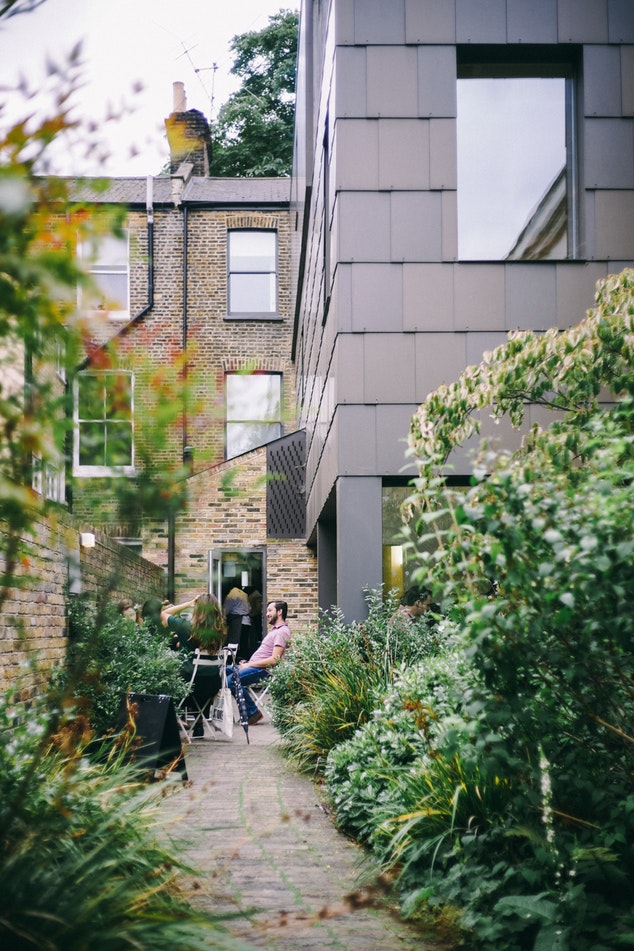Sustainable urban development is a holistic approach that aims to create environmentally, socially, and economically resilient cities for current and future generations. It involves careful planning, resource management, and community engagement to ensure that cities thrive while minimizing their impact on the planet. This article explores the myriad benefits of this urban development to communities, economies, and the environment.
Environmental Preservation
One of the most significant benefits of sustainable urban development is its positive environmental impact. By promoting green spaces, reducing pollution, and encouraging energy efficiency, sustainable cities help preserve natural ecosystems and reduce carbon emissions. Strategies such as green building design, renewable energy integration, and waste management programs contribute to mitigating climate change and protecting biodiversity.
Improved Public Health
Sustainable and green urban development prioritizes public health by creating walkable neighborhoods, promoting active transportation, and ensuring clean air and water access. By reducing reliance on cars and encouraging cycling and walking, cities can lower rates of obesity, heart disease, and respiratory illnesses. Additionally, green spaces and urban parks provide recreation and stress relief opportunities, contributing to overall well-being.
Sustainable Urban Development: Economic Growth
Contrary to popular belief, sustainable urban development can spur economic growth and innovation. Investments in renewable energy, green infrastructure, and sustainable transportation create jobs and stimulate local economies. Moreover, energy-efficient buildings and transportation systems lead to long-term cost savings for businesses and residents, enhancing economic resilience and competitiveness.
Social Equity
Sustainable urban development promotes social equity by ensuring that all members of society have access to essential services, housing, and opportunities for prosperity. Cities can reduce inequality and create more diverse and vibrant communities through inclusive planning processes and affordable housing initiatives. Moreover, green spaces and public amenities foster social cohesion and provide spaces for cultural expression and community building.
Resilience to Climate Change
As the impacts of climate change become increasingly evident, the importance of building resilient cities cannot be overstated. Sustainable urban development strategies such as flood-resistant infrastructure, drought-tolerant landscaping, and disaster preparedness plans help cities adapt to changing environmental conditions and mitigate the risks of extreme weather events.
Enhanced Quality of Life
Sustainable cities offer residents a higher quality of life by providing access to clean air, safe drinking water, and green spaces. Walkable neighborhoods with mixed land use encourage physical activity and social interaction, fostering a sense of community and belonging. Additionally, sustainable urban design prioritizes human-scale development, creating streetscapes that are safe, accessible, and aesthetically pleasing.
Preservation of Cultural Heritage
In addition to safeguarding the natural environment, this type of urban development prioritizes preserving cultural heritage and historical landmarks. By revitalizing urban areas while respecting their unique character and history, cities can celebrate their cultural identity and promote tourism and economic development. Adaptive reuse of historic buildings and heritage conservation initiatives contribute to the cultural vibrancy of sustainable cities.
Efficient Resource Management
Sustainable urban development emphasizes efficient resource management, including water conservation, waste reduction, and sustainable land use practices. Through smart urban planning and infrastructure design, cities can minimize resource consumption and optimize the use of renewable resources. Rainwater harvesting, greywater recycling, and urban agriculture contribute to water security and food sovereignty.
Promoting Renewable Energy Integration
Sustainable urban development prioritizes renewable energy to cut carbon emissions and enhance energy independence. Cities globally are adopting solar, wind, and hydroelectric power for sustainable energy solutions. Among these initiatives, parks with lights powered by sun energy are a standout example of using solar street lights to improve public spaces. This approach reduces the environmental impact and demonstrates the practical application of clean energy in everyday settings. Additional innovative projects include installing solar panels on urban rooftops, constructing wind turbines, and developing microgrid systems, showcasing the diverse ways cities are integrating renewable resources.
Community Empowerment
Engaging communities in the planning and decision-making processes is a fundamental principle of urban development. By involving residents, businesses, and other stakeholders in local governance, cities can harness collective intelligence and creativity to address complex challenges. Community-led initiatives such as neighborhood associations, co-housing developments, and participatory budgeting empower citizens to shape the future of their cities.
Long-Term Sustainability
Sustainable urban development’s overarching benefit is its ability to ensure cities’ long-term viability and resilience in the face of global challenges. By integrating environmental, social, and economic considerations into urban planning and development, cities can thrive while safeguarding the well-being of current and future generations. Embracing sustainability is a moral imperative and a pragmatic strategy for building prosperous, livable cities for all.
Encouraging Sustainable Transportation
Modern urban development prioritizes the development of transportation systems that are efficient, affordable, and environmentally friendly. Cities are investing in public transit networks, including buses, trams, and metro systems, to reduce congestion and air pollution caused by private car usage. Additionally, initiatives such as bike-sharing programs, pedestrian-friendly infrastructure, and carpooling incentives promote alternative modes of transportation and reduce reliance on fossil fuels. By creating interconnected, multimodal transportation networks, cities can improve accessibility and mobility for all residents while reducing greenhouse gas emissions and traffic congestion.
Fostering Innovation through Green Technology
Green technology is important in advancing urban development by offering innovative solutions to environmental challenges. From energy-efficient buildings and smart grid systems to green infrastructure and waste-to-energy technologies, cities embrace cutting-edge innovations to enhance sustainability and resilience. By fostering collaboration between government, academia, and the private sector, cities can drive technological innovation and accelerate the transition to a low-carbon economy. In addition, investing in green technology creates new economic opportunities, spurring job growth and attracting investment in research and development. Sustainable cities serve as living laboratories for testing and implementing new technologies, demonstrating their viability and scalability on a global scale.
Conclusion: Building a Sustainable Future
Sustainable urban development offers a compelling vision for building environmentally resilient, socially equitable, and economically prosperous cities. By prioritizing environmental preservation, public health, and social equity, cities can enhance the quality of life for residents while safeguarding the planet for future generations. Through investments in renewable energy, green infrastructure, and sustainable transportation, cities can reduce their carbon footprint and mitigate the impacts of climate change.



